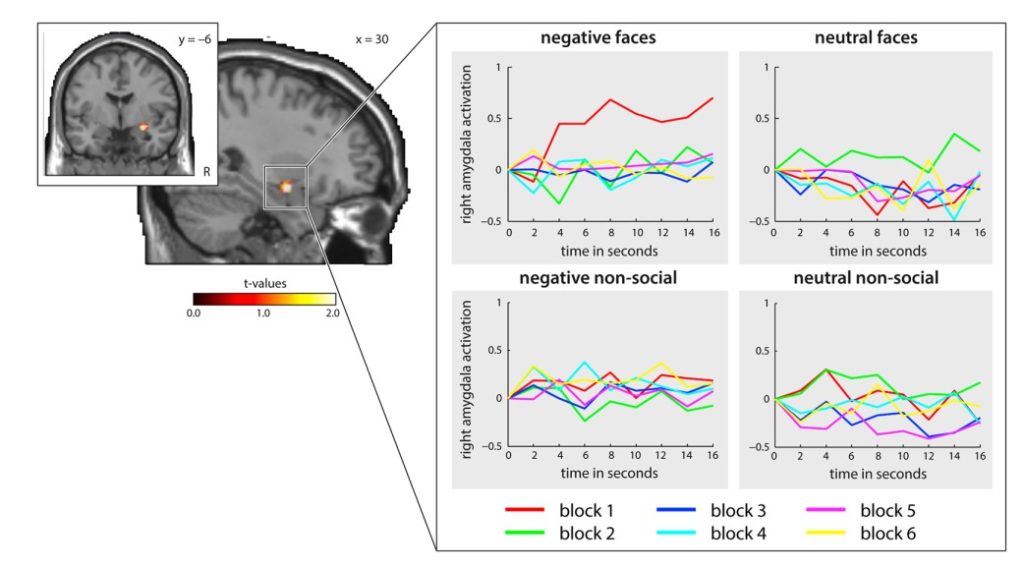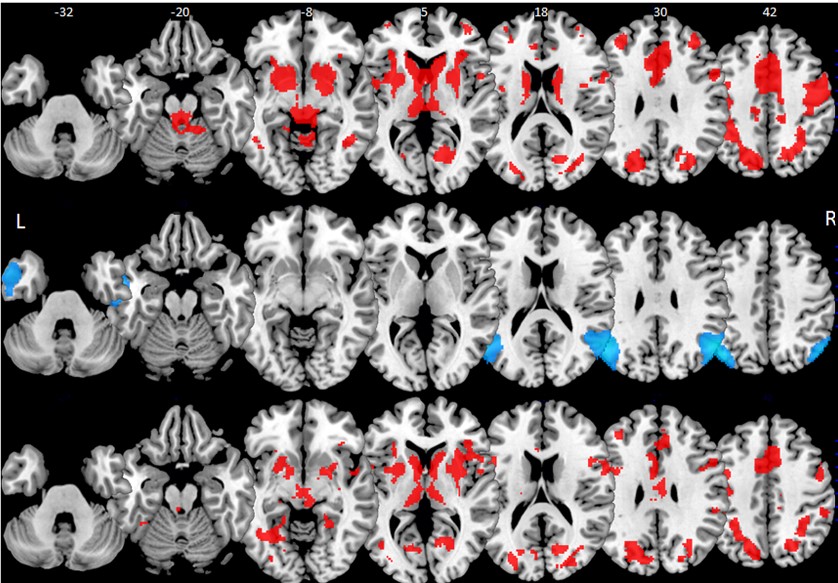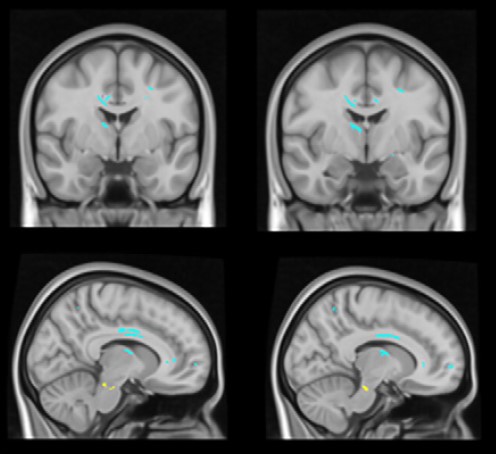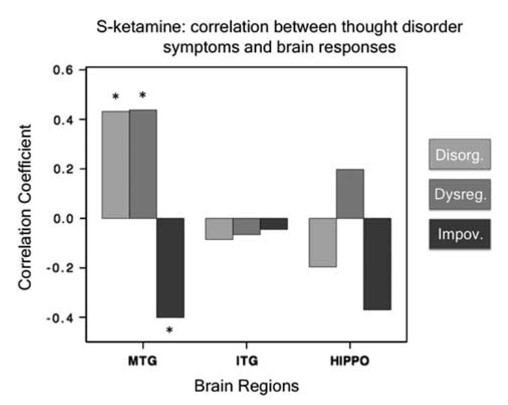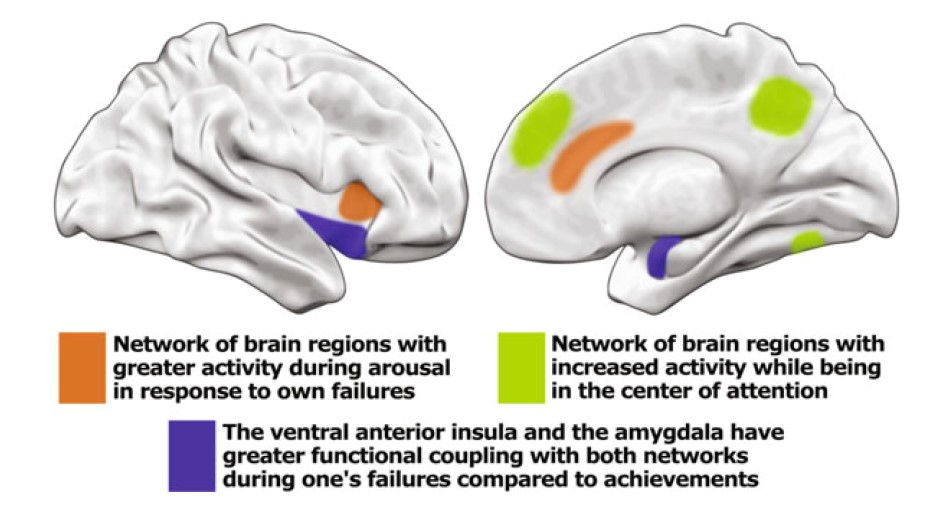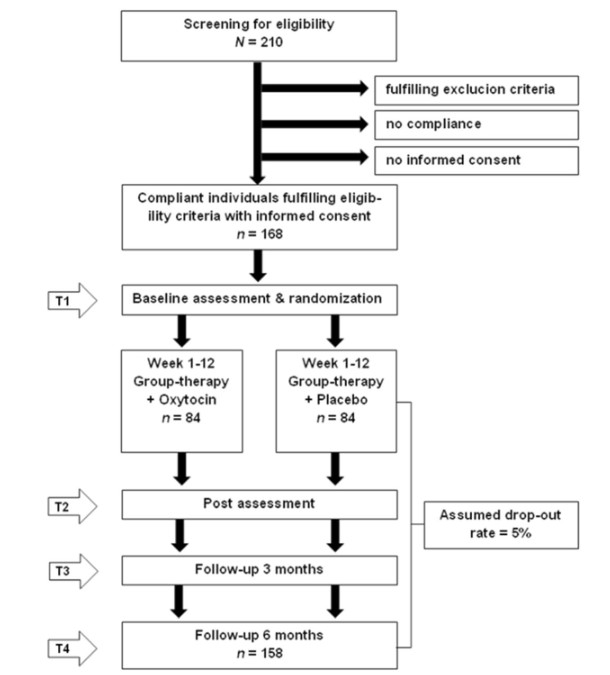Neural mechanisms of affective matching across faces and scenes
Abstract The emotional matching paradigm, introduced by Hariri and colleagues in 2000, is a widely used neuroimaging experiment that reliably activates the amygdala. In the classic version of the experiment faces with negative emotional expression and scenes depicting distressing events are compared with geometric shapes instead of neutral stimuli of the same category (i.e. faces […]
Neural mechanisms of affective matching across faces and scenes Read More »
